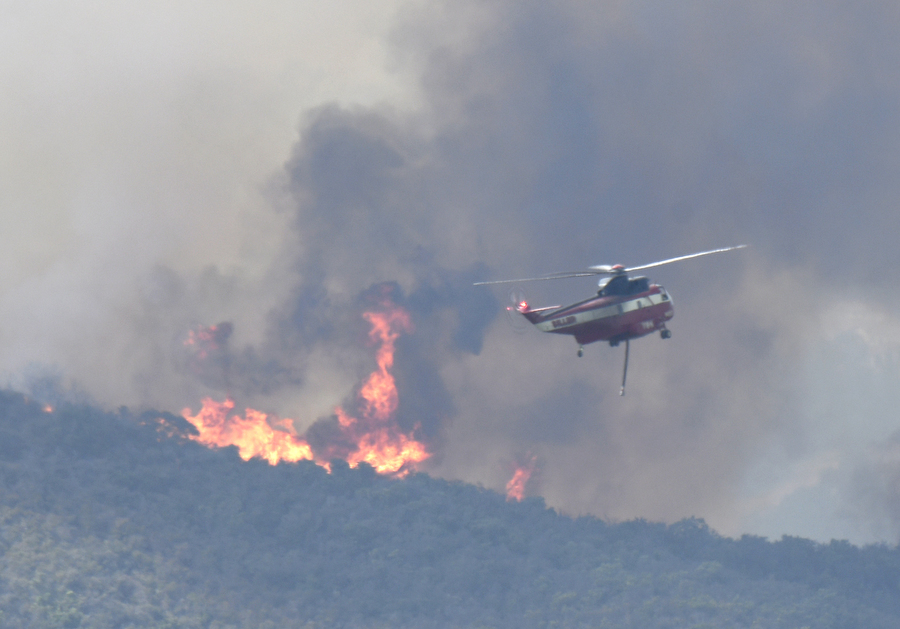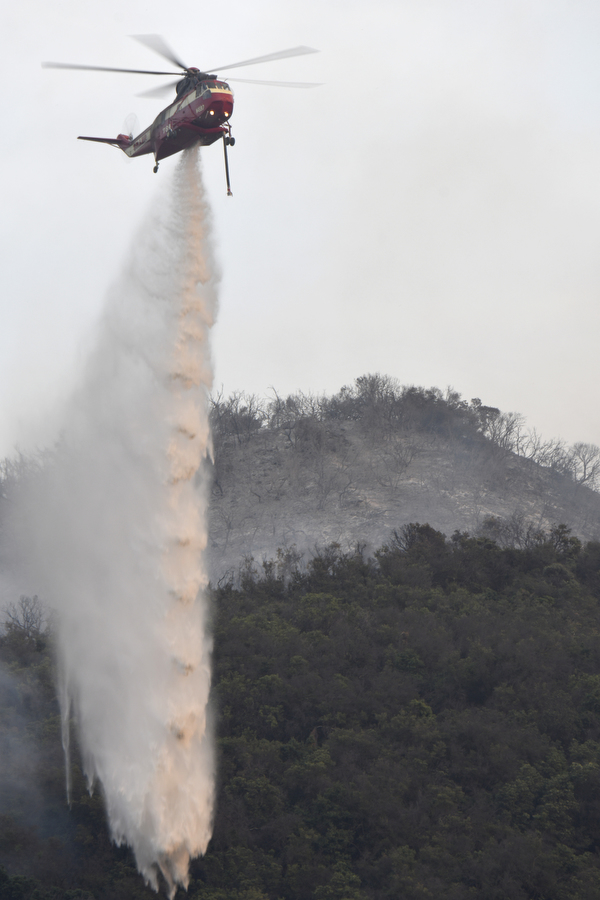Fighting Wildfires Breaches $2 Billion
Statewide Figures Reveal Most Expensive Season on Record

The U.S. Forest Service’s wildland fire suppression costs for fiscal year 2017 — which ends on September 30 — have breached the $2 billion mark, making it the most expensive season on record, according to a recent announcement by U.S. Secretary of Agriculture Sonny Perdue. “Forest Service spending on fire suppression in recent years has gone from 15 percent of the budget to 55 percent — or maybe even more — which means we have to keep borrowing from funds that are intended for forest management,” Perdue said. “It means we can’t do the prescribed burning, harvesting, or insect control to prevent leaving a fuel load in the forest for future fires to feed on.” Perdue has again called for Congress to improve fire-suppression funding, such as allowing major fires to be covered by federal emergency funding, instead of eating away at other branches of the Forest Service budget.

“It would [help] to fund it that way because the costs keep going up every year,” said Andrew Madsen, a public affairs officer with Los Padres National Forest. Madsen explained that even when there are no active fires, increasing numbers of red-flag days can strain budgets as agencies typically up-staff during hot, windy weather. The Whittier Fire, which burned about 19,000 acres earlier this summer, was the one and only major blaze in the forest, Madsen said. “It’s been a slow year for us, thankfully.”



